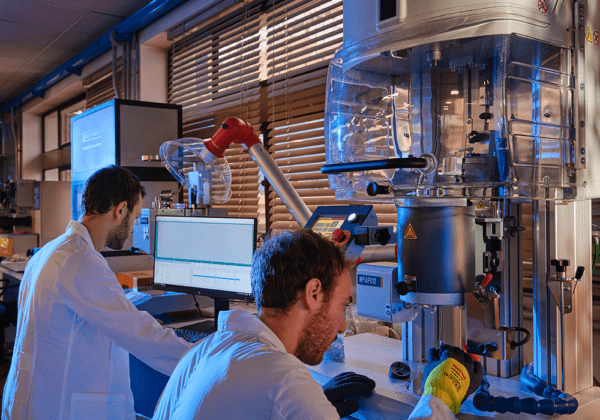
What do we Mean by the Heat Resistance of Thermoplastics?
In some applications heat resistance can mean the material’s ability to carry out its intended function at elevated temperatures for short periods.
Otherwise it may imply surviving high temperatures for long periods or coping with very high temperatures for short periods during processing.
For short term exposure
The main concern is often the softening. This is when the thermoplastic approaches glass transition temperature (in the case of amorphous thermoplastics) or melt transition temperature (for semi-crystalline thermoplastics). Material datasheets will provide data on ‘Deflection Temperature Under Load’. However, designers are reminded that this applies to a narrow test. This involves specific loads, geometry, heating rates and acceptable deflection. These may or may not coincide with the service conditions and criteria for failure. At least the test does give data for two levels of loading.
For long term ageing
Designers should be aware of this. ‘Continuous Use Temperature’ usually refers to the temperature at which the mechanical properties decrease by 50%. This is after a period of 5000 or 20,000 hours, which again may or may not cover all scenarios.
Here is a useful rule of thumb for processors. Raising the processing temperature by 10oC will roughly double the extent of thermal degradation in the same time frame. Processors may be tempted to push processing temperatures 5 degrees beyond the recommended limits. In attempting to reduce melt viscosity and make processing easier, they could inflict damage. Although not obvious, this may eventually affect the properties of the product.
This Heat Resistance article was written by Dr.Charlie Geddes for Hardie Polymers.
To find out more, get in touch with the Hardie Polymers team on the below:
Hardie Polymers
0141 952 1900
Website
Email





